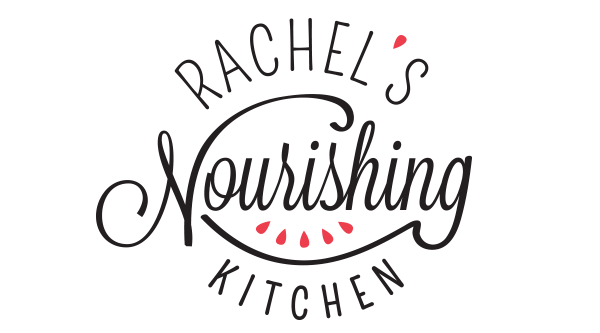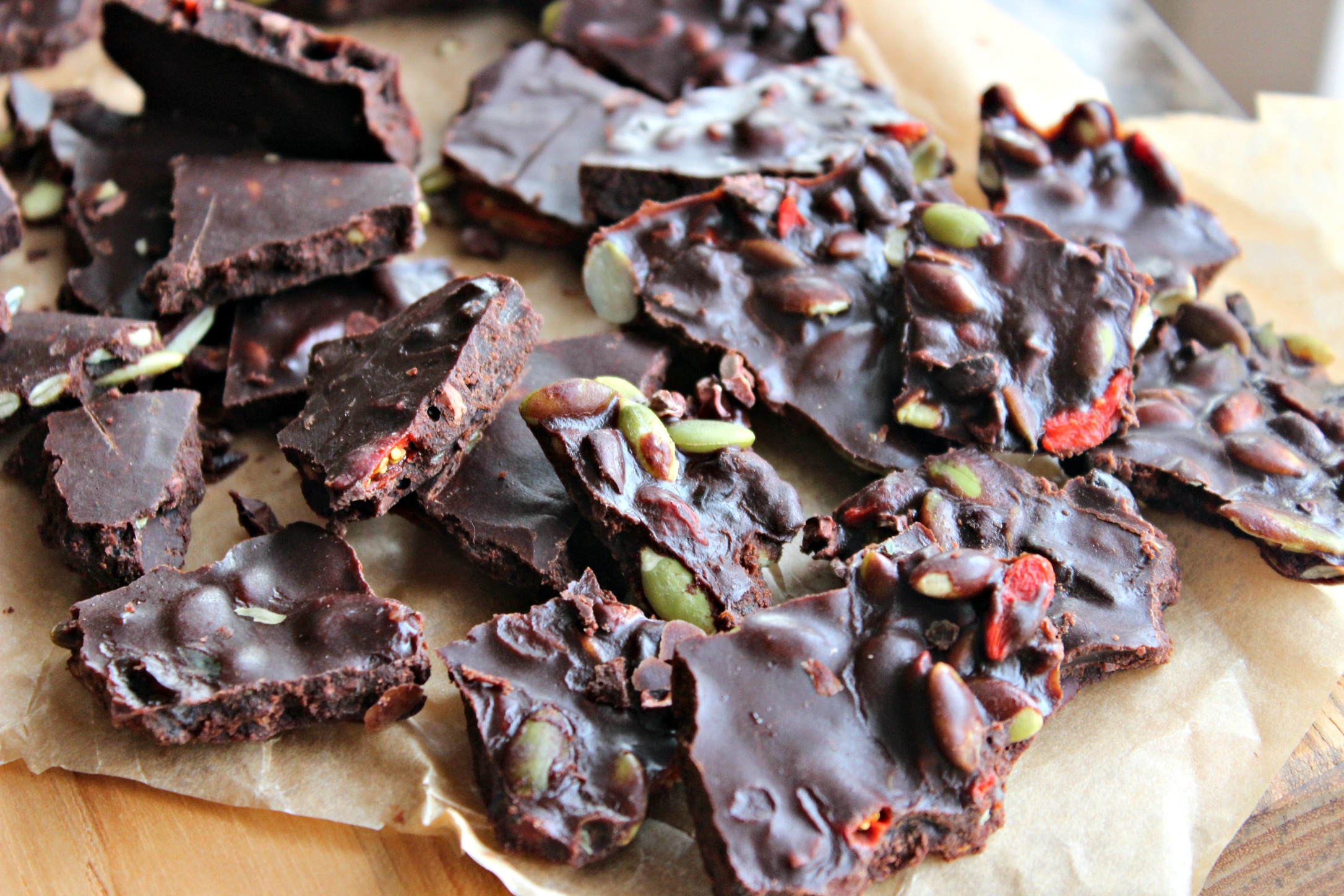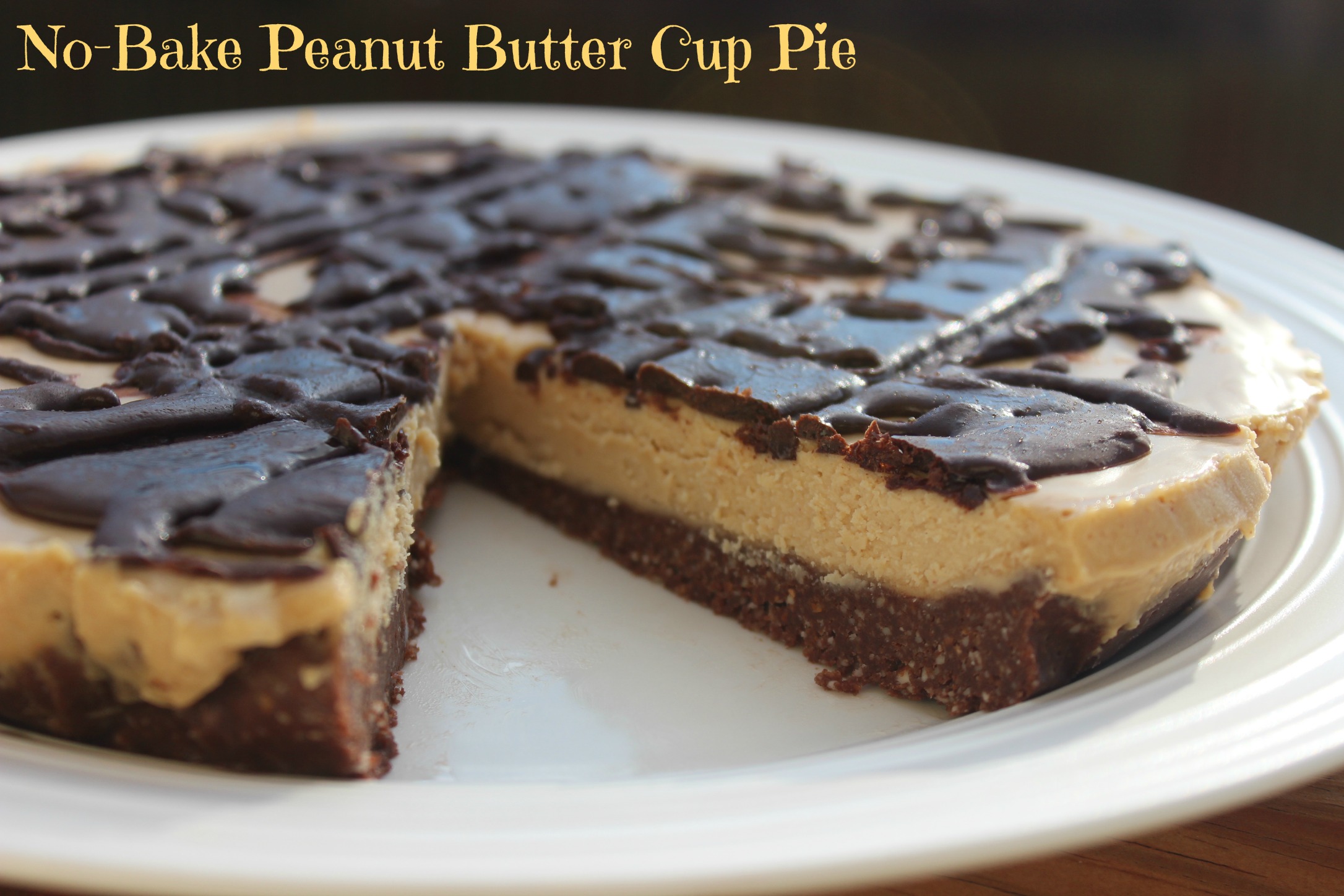If you’ve recently bought yourself a blender after reading reviews similar to https://allgreatappliances.com/oster-pro-1200-blender-review/, then I imagine you are trying to find ways to use it. INTRODUCING; the smoothie. Smoothies are great, and I’ve been a fan of smoothies for years because of how many nutrients you can pack into one meal. But I’ve also noticed something you may find to be true as well.
I tend to drink them fast. Like, under two minutes fast.
That’s a lot of food entering your stomach at an unnaturally fast rate, which can lead to things like bloating, gas, indigestion, and overeating. You can drink fruits and vegetables at a rate of about two cups per minute when you get them through a smoothie. This can undermine your body’s capacity to recognize that you’re full because the body needs about 20 minutes to register that you’re satiated once you start eating.
So, what’s one idea for slowing down your smoothie drinking pace?
Put it in a bowl!
Yup, make a smoothie bowl.
It’s not that complicated either. All you’re really doing is using slightly less liquid (1/4-1/2 cup less than usual), so you end up with a thicker consistency that can be poured into a bowl instead of into a glass. It’s also important to use thickening ingredients like chia seeds, avocado, frozen banana, soaked raw cashews, and even peeled zucchini to reach your desired consistency.
Now, I do have a few words of caution and something you’ll want to keep in mind when going this route. Smoothie bowls are often topped with heaps of granola, honey, maple syrup, nuts, a whole banana, etc., which makes for a pretty picture. But, on top of all of the ingredients that are already in a smoothie, this can be overkill, so use your toppings sparingly. Try not to overdo it. Notice how your body feels and adjust accordingly! Less is more  You will still need to use the same equipment like a blender. If you don’t have a blender you might want to go to Juice Buff For more information on Smoothie Blenders.
You will still need to use the same equipment like a blender. If you don’t have a blender you might want to go to Juice Buff For more information on Smoothie Blenders.
Check out the three smoothie bowl recipes below that I’ve previously posted on my instagram page. If you’re looking for even more smoothie bowl inspiration, here is a list of nine smoothie bowls from Greatist and 11 from Buzzfeed!

Berry Good Smoothie Bowl
Ingredients
1 tsp flax seeds or flax meal
2 teaspoons hemp seeds
2 teaspoons chia seeds
1 teaspoon coconut butter (optional but tasty!)
1 teaspoon vanilla powder or extract
1/2 tsp raw honey
1 cup baby spinach
1-1.5 cups almond milk (start with one cup for a thicker bowl)
1 cup frozen blueberries
1/2 cup frozen raspberries
Directions: Blend all ingredients, except the berries, in a high-speed blender for about 15-20 seconds. Then, add berries and blend until smooth, adding additional almond milk, as needed, until it reaches your desired thickness. Pour into a bowl and top with additional berries and a sprinkle of hemp seeds.

Shrek Smoothie Bowl
Ingredients
1/2 cup frozen mango
1/2 cup frozen pineapple
1 tsp fresh ginger root
1 tablespoon fresh lime juice
1/2 small avocado
1 cup baby spinach
1 scoop unflavored protein powder (I like Vital Proteins and Bulletproof Collagen Protein because they are flavorless!)
1/2 tsp raw honey
1-1.5 cups water (start with 1 cup and add more as needed)
Directions: Blend everything together until you reach a smooth, thick consistency. Pour into bowl, sprinkle with shredded coconut, and serve with a spoon!

Berry Chocolate Smoothie Bowl
Ingredients
1 cup frozen mixed berries (strawberries and raspberries)
2 tablespoons chia seeds
1.5 tablespoons raw cacao powder
1/2 tsp vanilla extract
1 Medjool date, pitted
1 scoop unflavored protein powder (I used Vital Proteins)
1 – 1.5 cups dairy-free milk (start with 1 cup and add more 1/4 cup at a time)
Directions: Put everything in a blender and blend for about a minute or until smooth. Pour into bowl and sprinkle with goji berries and cacao nibs.
So, what about you? Are you a fan of smoothie bowls? Do you have any favorite recipes? Feel free to share them below!
Like this:
Like Loading...






 I didn’t try anything with curry powder in it until my mid-20s. I was too weirded out by the color and didn’t really know much about it, but since then, it has become a staple in our spice rack. We use it in everything from hummus and
I didn’t try anything with curry powder in it until my mid-20s. I was too weirded out by the color and didn’t really know much about it, but since then, it has become a staple in our spice rack. We use it in everything from hummus and 



















































